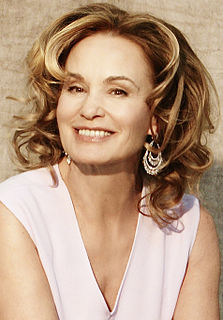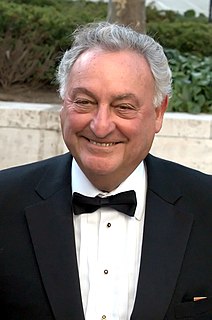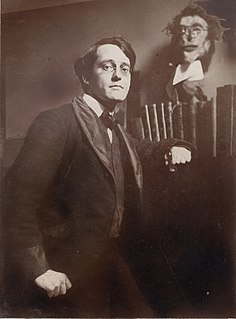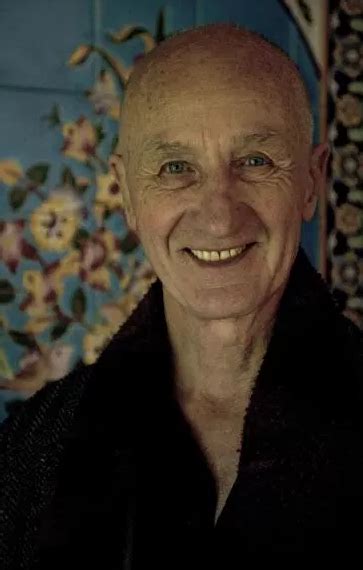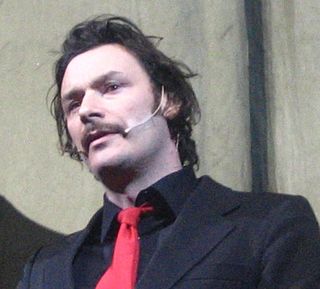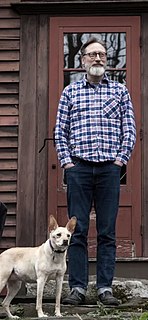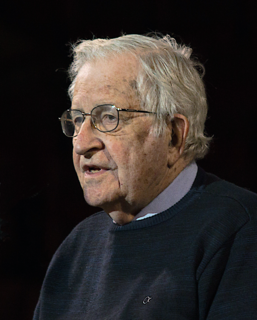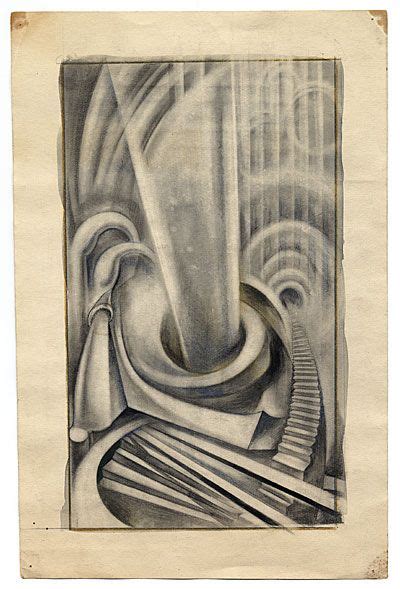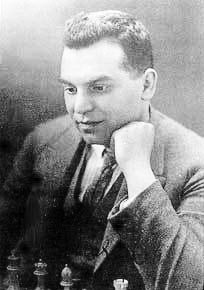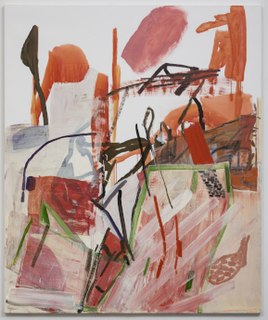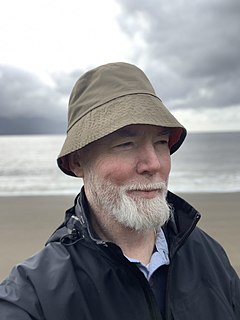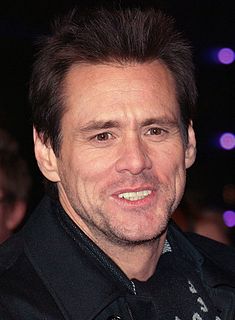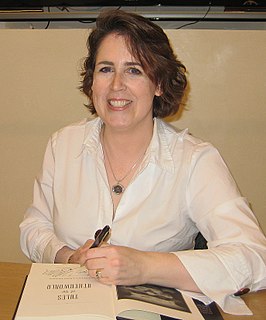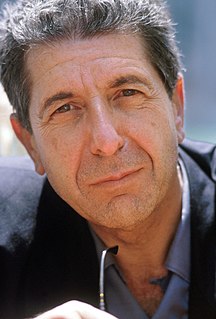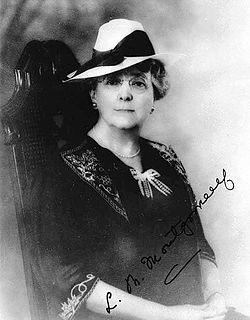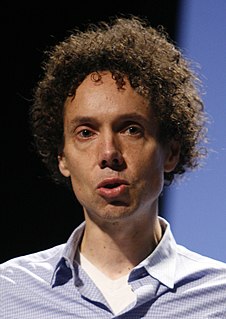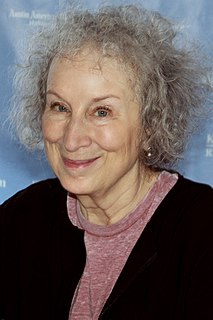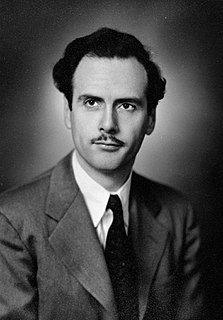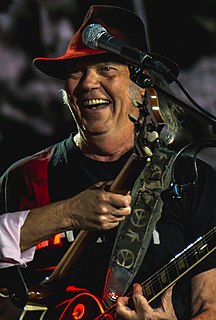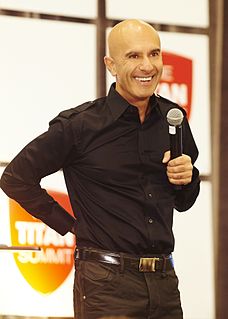A Quote by Walter J. Phillips
A mistake in drawing becomes difficult to detect when the eye is familiar with it.
Related Quotes
I can act with either eye, but you've got to be twice as good as an actor to act with one eye. You need to put all your emotions just through one eye and really punch it out of that eye. I found it quite difficult to do at first, and then I found a technique that allowed me to act with one eye, which I patented.
...for reading, once begun, quickly becomes home and circle and court and family, and indeed, without narrative, I felt exiled from my own country. By the transport of books, that which is most foreign becomes one's familiar walks and avenues; while that which is most familiar is removed to delightful strangeness; and unmoving, one travels infinite causeways, immobile and thus unfettered.
The beam in our own eye is harder to detect, although - or more accurately because - to detect it, and remove it, is vastly more important on elementary moral grounds, and commonly more important in terms of direct human consequences as well. Intellectuals have historically played a critical function in performing these tasks, and [Ivan] Illich is right to observe that claims to scientific expertise and special knowledge are often used as a device.
I am trying to represent design through drawing. I have always drawn things to a high degree of detail. That is not an ideological position I hold on drawing but is rather an expression of my desire to design and by extension to build. This has often been mistaken as a fetish I have for drawing: of drawing for drawing’s sake, for the love of drawing. Never. Never. Yes, I love making a beautiful, well-crafted drawing, but I love it only because of the amount of information a precise drawing provides
All that you need in the way of technique for drawing is bound up in the technique of seeing - that is, of understanding, which after all is mainly dependent on feeling. If you attempt to see in the way prescribed by any mechanical system of drawing, old or new, you will lose the understanding of the fundamental impulse. Your drawing becomes a meaningless diagram and the time so spent is wasted.


